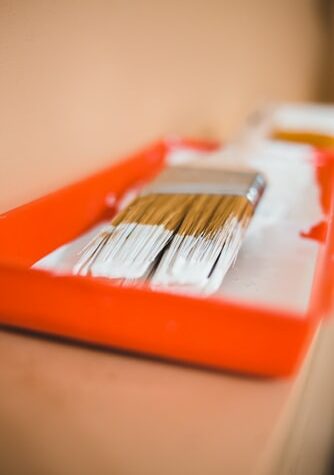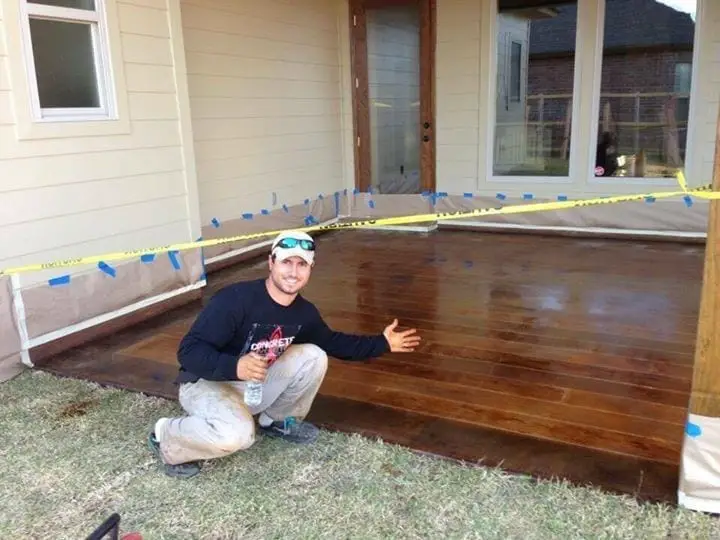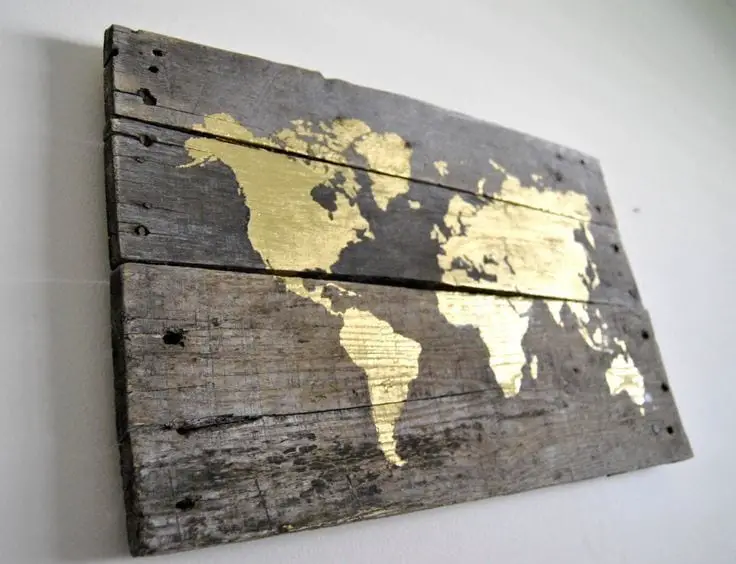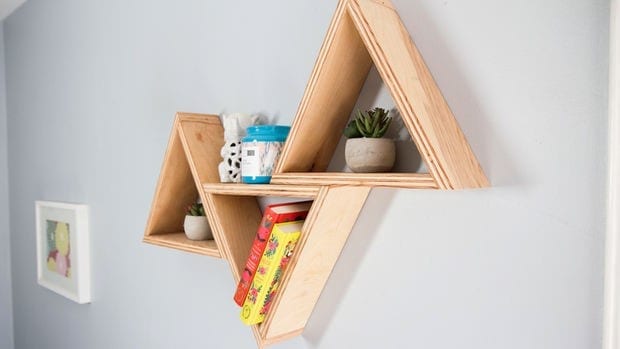Hydro-dipping or water transfer printing is a unique process where a surface can be painted or printed with a special film resting on the surface of the water. Hydro dipping with paints can create a marbled, psychedelic effect on various surfaces. With this technique, different patterns with multiple colors can be created, and they will never look the same! Inspired by the effects of the hydro dipping technique with paints, hydro imaging techniques have been developed where graphics can be transferred onto three-dimensional objects. The process for both is quite similar. For the former process, you can use paints and for the latter, you can go with specially printed films. Hydro dipping technique can be done on surfaces like glass, plastic, metal, etc. If you’re wondering can you hydro dip wood, the answer is yes!
This article will guide you through the process you can use to give a colorful artistic look to any wooden surface. Whether it’s a wooden showpiece, a wooden handle, a plank, or a skateboard, use hydro dipping technique to give it a playful look!
Things that you will need
Now that you know hydro dipping is a possibility with wooden surfaces the next question is can you hydro dip wood at home? Yes! Hydro dipping is no rocket science and it is quite simple to try out. When it comes to exciting DIYs most people jump straight into trying it out without proper preparations. However, gathering the right tools before you start your project ensures seamless working, desired results, and a good finish.
So get ready with
- A large, deep container (bath of water)
- Sandpaper
- Pair of gloves
- Acrylic spray paints
- Acrylic coating/polyurethane spray (for a clear protective finish)
How to do hydro-dip with paints
When hydro dipping with paints get ready to have loads of fun and a little mess in the water bath. Use a container which you don’t mind getting some paints on.
Step -1

The first step is to prepare the wooden surface. If it already has a coat of paint or a rough texture use medium-grit sandpaper to remove a previous finish or roughness from the surface. A smoother, raw wooden surface will hold the paint better and give a superior finish.
Step – 2

The next thing you require to do is prepare the water bath. For that take a deep, large container, depending on the size of your wood surface which you want to dip. The best option is to use any old container that you don’t mind ruining with some splatters of paint.
Fill the container with water that would be enough to completely submerge the wooden item that you plan to dip. If the container is too small and you cannot dip your wooden item completely, you may have to dip multiple times without getting a continuous spread.
Step -3

Add a handle or arrange a utility tong for submerging the item. In order to get complete coverage, you need to push the entire wooden item in the water bath. Without something small/narrow to hold the piece your hand will get in the way when you dip it in the water bath. That will also interfere with the paint pattern.
Step -4

Select acrylic paints of your choice. To see the effect you can spray color combinations on any other surface. That will give you a fair idea of what to expect when the wooden item comes out from the hydro-dipping tub.
Step – 5

Wear your protective gloves before you start working with the spray paints. The dipping process can get a little messy.
Step – 6

It’s time for some fun! Get creative with the spray paints. Spray generous amounts of paints one by one directly onto the water. The paints will float on water. Switch colors and add a few blasts of different colors one after the other.
You can use your imagination and spray some large patches and some smaller ones around or over them. Spray paints in a zig-zag manner, create swirls, and so on. Adding paints in different ways will create different patterns. Don’t get scared or think about wastage just go with the flow. Each time you spray a color, the pattern will change considerably. Don’t overdo it, or else it will become too blotchy. When you are happy with the pattern, stop spraying.
Step -7

Getting impatient and wondering can you hydro dip wood now? It’s time for the messy, exciting dipping process. Dip the wooden item slowly. The paint will stick to the wooden surface as soon as it comes in contact with it. If you only want to paint one side, apply petroleum jelly on the other side to inhibit the paint from sticking or coming in contact with the wood.
The patterns created will depend on the angle how you dip the wood, your dipping speed, etc.
Step – 8

You can dip and re-dip the piece depending on the effect and surface you want to cover. Overdoing the dipping process may make the pattern too chaotic and messy. When you are happy with the pattern created on the wooden item, take out the piece and let it dry completely. The wood will need ample time to dry as it is wet with paint and water from the water bath.
Step – 9

Only knowing how can you hydro dip wood is not enough. You need to seal it with a protective coating too. When the painted wood piece is completely dry and the paint doesn’t feel tacky anymore, spray it with a clear acrylic paint sealer or polyurethane spray. It will act as a protective cover saving the painted wooden surface from dust and will stop the paint from fading. Hold the polyurethane spray can about a foot away while spraying on the wooden surface. Move it to cover the surface uniformly. Wait between multiple coats allowing enough drying time.
Conclusion
Not only do you have an answer for can you hydro dip wood but also know how easy the process is! Hydro-dipping is not only enjoyable but a wonderful way to give a facelift to any simple, drab, old, wood piece. It can be a technique to turn an old wooden plank into an artwork or a home decor accessory.








